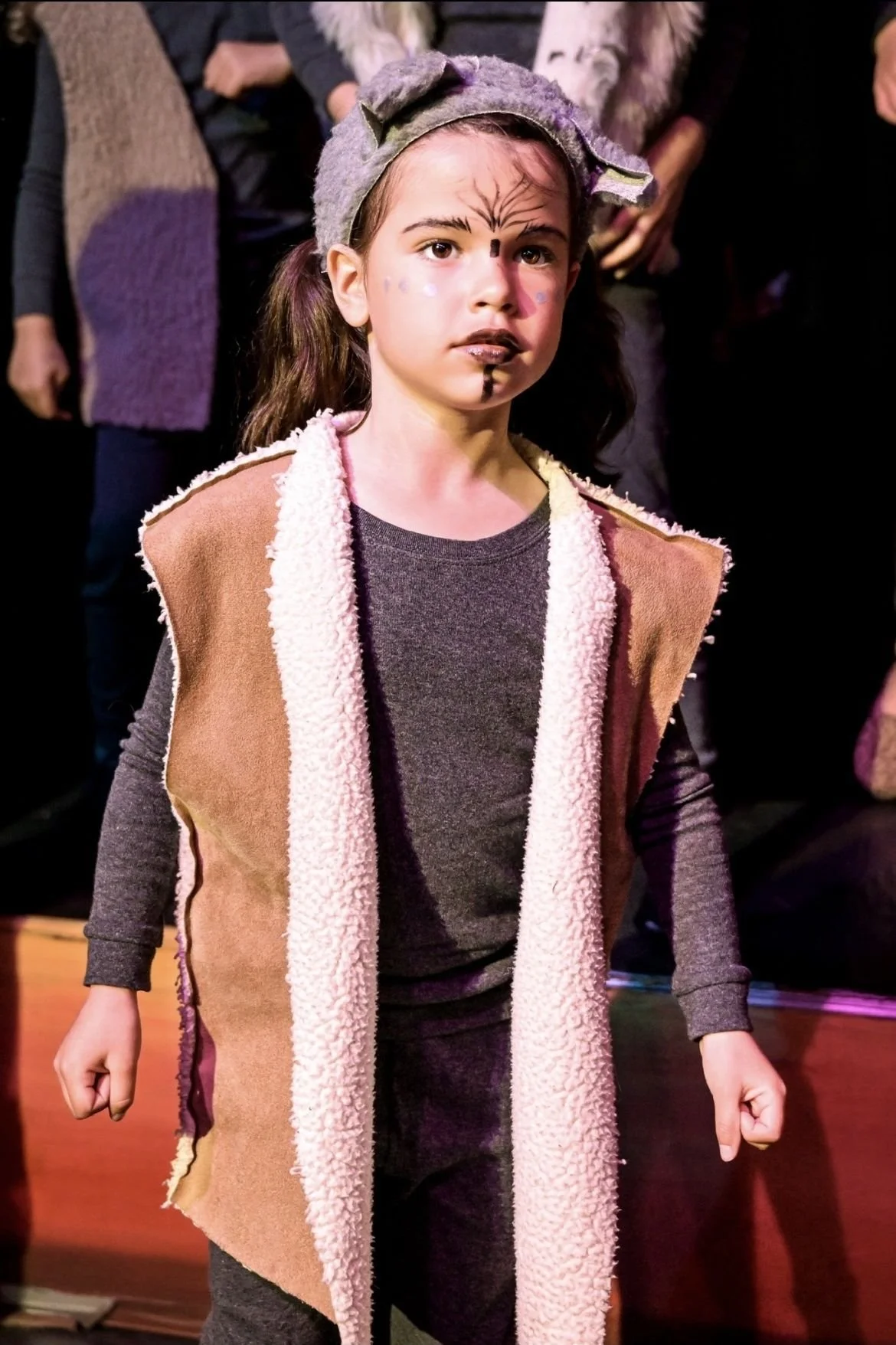From Limiting Beliefs to Limitless Potential
The Hesitation We Often Miss
There’s a moment in every child’s life when they hesitate. Maybe it’s shrinking back from a challenge. Maybe it’s quietly opting out of something they deeply want to try. We often assume it’s about readiness. But underneath, there’s usually a belief, something quietly whispering, “This might not be for me.”
Beliefs Are Learned, And Rewritable
As a cognitive psychologist, I’ve studied how beliefs shape behavior in childhood and adults. What we believe about ourselves can shape what we try, how we interpret a setback, and whether we see ourselves as capable.
And here’s the hopeful part: Beliefs can be rewritten.
Children aren’t born with limiting beliefs. They absorb them through offhand comments, cultural cues, or a pattern of small, discouraging moments. But just as beliefs can be absorbed, they can also be reshaped.
If you’re curious about how limiting beliefs form in the first place, this earlier post explores the surprising ways confidence and belief can shift with just one question.
A Real-Life Reframe: Charlie’s Stage Debut
I saw this play out when Charlie was cast as Hyena #4 in The Lion King performance. On the first day, she thought the play was that day—not an audition or rehearsal, but the actual performance. She was caught off guard, overwhelmed, and nervous about what to expect.
But over the next few months, something amazing happened.
She learned the songs. She practiced dance moves. She sang hyena parts at bath time. She gradually began to understand what it meant to be part of a cast. And by opening night, she walked in with excitement, joined her fellow hyenas on stage, and beamed when the audience applauded.
That moment wasn’t built overnight. It came from curiosity, practice, support, and space to grow into something new.
And now? Charlie’s already looking forward to next year’s play: 101 Dalmatians. This time, Oxford is joining her. He said it’s because he’s never had that experience before, and he’s curious to find out what it’s like to perform on stage.
Watching them embrace something unfamiliar, not with pressure, but with possibility serves as a reminder that confidence doesn’t come before action. It grows with it.
Fear Is a Signal, Not a Stop Sign
Fear shows up for all of us. But we don’t have to bulldoze through it for a breakthrough. Fear is often a signal: It’s an invitation to pause, get curious, and reframe the situation so we can take inspired action from a better place.
That’s what confidence really is. Not the absence of fear, but the ability to respond to it with curiosity, compassion, and clarity.
From Limiting to Limitless: What You Can Try
The next time you see a child hesitate, try this:
Name the effort, not just the result
Share a story that normalizes learning curves
Speak belief out loud until they start to believe it, too
Limitless potential isn’t a buzzword. It’s a mindset. One we cultivate through the way we speak to the next generation—and how we model it for ourselves.
